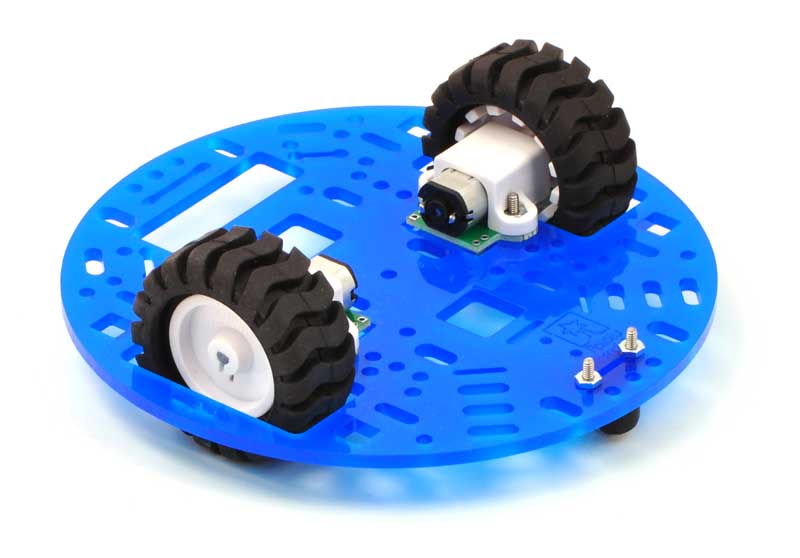In today’s world, where technology evolves every day, learning about electronics and automation from an early age has become essential. A science electronic kit provides students and enthusiasts with a practical, hands-on approach to understanding how electronic devices function. These kits help learners grasp fundamental concepts such as circuit design, current flow, resistance, and voltage in an engaging and interactive way.
Science electronic kits are designed to spark curiosity and encourage creativity among young minds. They come with components like wires, resistors, capacitors, LEDs, buzzers, and sensors, along with a guidebook to perform various experiments. By assembling and testing circuits, students can see how electricity powers devices, making the learning experience both fun and educational. Such kits not only teach theoretical knowledge but also enhance problem-solving skills and logical thinking, which are vital in today’s technology-driven world.
One of the most exciting and educational projects that can be built using an electronic kit is a laser alarm system . This system introduces students to the principles of light detection and security technology. The project typically uses a laser beam and a light-dependent resistor (LDR) to create a simple security system. When the laser beam is interrupted, the circuit detects the change and triggers an alarm or buzzer. This teaches learners about sensors, photodiodes, and how security systems function in real life.
Building a laser alarm system through an electronic kit is not only educational but also fun. It allows learners to understand how modern security technologies work, from motion detectors to advanced surveillance systems. Students can even experiment with different materials and circuit designs to improve sensitivity or expand the system’s range. This practical exposure fosters creativity, innovation, and a deep appreciation for electronics.
Science electronic kits are ideal for students, hobbyists, and educators alike. They can be used in schools, science fairs, and robotics clubs to demonstrate the real-world applications of electrical and electronic principles. Teachers often find these kits valuable for creating interactive lessons that promote teamwork and critical thinking. Meanwhile, hobbyists enjoy exploring these kits to build DIY projects, from automatic lights to smart home systems.
The rise of STEM (Science, Technology, Engineering, and Mathematics) education has further increased the demand for science electronic kits. Many modern kits are now equipped with digital tools, microcontrollers, and coding components, giving students a head start in robotics and automation. For instance, integrating Arduino or Raspberry Pi boards allows learners to create more advanced electronic projects, blending hardware with programming.

